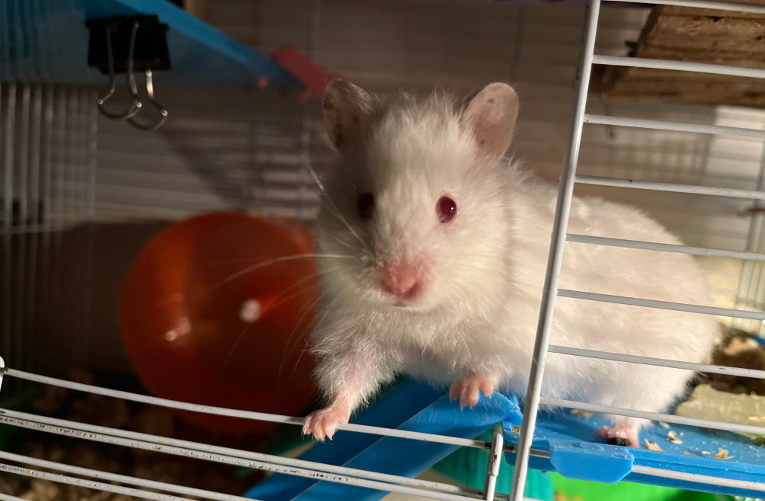Scientists thought they could make hamsters more cooperative by editing out a gene for a receptor that, when activated by a particular hormone hamsters produce, causes more aggression. Essentially, they made the hamsters immune to the aggression-promoting hormone expecting the hamsters to become more cooperative.
But just the opposite happened. Both male and female hamsters with the altered gene became more aggressive—much more aggressive.
There are several problems with the reductionist thinking that resulted in this experiment. First, behavior is exceedingly complex. We describe and define it using words which have multiple and ambiguous meanings. Those words need to be understood in a larger context. And, even when they are, those words still only point to meaning in our environment and inner experience. They are not the thing itself.
This lesson seems to be lost on some scientists when they use words and think those words have definite and clear meanings—so definite that they can map them one-to-one to behaviors and imagine that specific hormones “govern” that behavior. Simply stated, scientists don’t understand they are communicating using analogies that can never perfectly match what they are describing.
Second, they imagine linear cause-and-effect relationships, that is, A causes B. It should not be a surprise that an animal body is an environment, one probably better described by principles of ecology than physics. The body (including the human body) is a complex system that does not have discrete processes. It is all one process working together inside the process we call the biosphere inside the process we call the universe.
It’s not that we should never focus on a narrow strip of perception or experience. That’s all we can do. It’s that we should acknowledge that that is what we are doing and that we can never definitively define any system using cause-and-effect relationships. Such relationships are merely handy concepts that give us a rough way to characterize why we see certain statistical outcomes. But they are not the reality itself.
Third, we already know that there is no one-to-one correspondence between genes and traits. One could argue that there can be no dispute that the color of eyes is a discrete, clearly definable trait. Humans generally have blue, green or brown irises. Of course, there are many shades of each and mixtures; brown and green make for hazel eyes. But this and other so-called “single gene traits” aren’t traits we are looking to manipulate in animals including ourselves. Rather we want to manipulate complex traits. Let me quote from a previous piece of mine to explain:
An emerging understanding of how genes work suggests that all genes may be implicated in complex traits. Called the omnigenic model, it posits that no one set of genes is responsible for the complex traits we see in animals and plants. Some genes may be more important than others. But all act in concert to create a complex trait.
So what is a complex trait? Here’s a formal definition: “A trait that does not follow Mendelian Inheritance patterns, is likely derived from multiple genes, and exhibits a large variety of phenotypes.” It turns out much of what we want to manipulate in genomes relates to complex traits. Parkinson’s disease and diabetes are related to complex traits. There will be no editing those out of the human genome.
Of course, the scientists referred to above were not experimenting with hamsters because they wish to “improve” hamsters. They were experimenting with an eye toward “improving” humans and the animals they rely on for food and fiber. Humans have long experimented with the conventional breeding of animals and plants to obtain livestock and crops with certain desired traits. This conventional process more readily mimics what nature does and is always breeding whole organisms with one another, that is, with their DNA intact.
The hubris behind gene editing is breathtaking, and it highlights the ignorance and power fantasies of those behind it. And, of course, some of this research is aimed at cashing in by getting many, many people and industries to use plants and animals and their products created in this way. But, before continuing down this road we should remember ecologist Garrett Hardin’s dictum about the basis of ecological understanding: “We can never do merely one thing.” Genes and their interaction with the environment are far too complex to expect that editing them will result in exactly what we expect without any unintended and possibly untoward consequences.
Photo: Hamster escaping cage by Mutlumahalle via Wikimedia Commons https://commons.wikimedia.org/wiki/File:Hamstersescape.jpg






